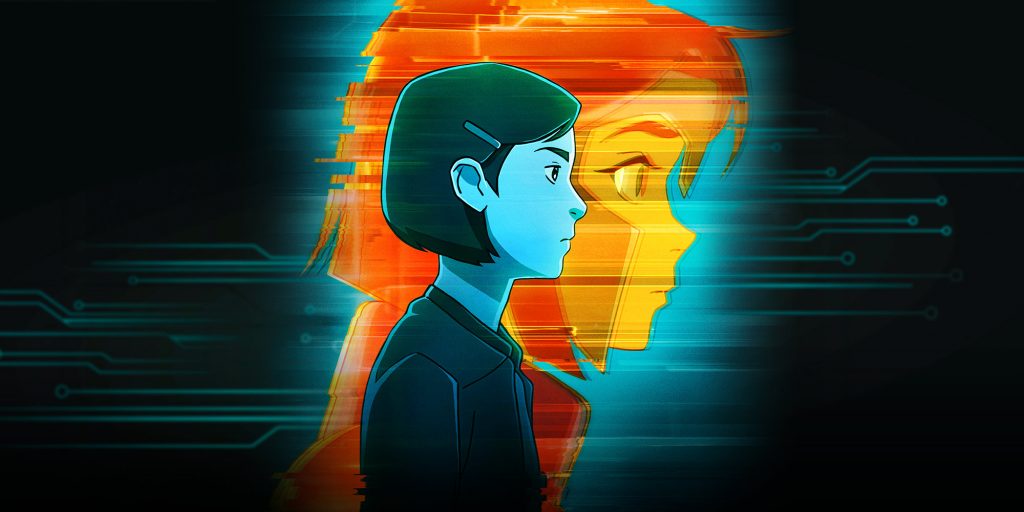Writer and translator Ken Liu is challenging the tropes of “Asian-influenced fantasy.”

The recent animated hit “Pantheon” offers a fascinating look at a future in which digital immortality is just a click away. Based on three short stories by Ken Liu, the show tells the story of an Asian family caught up in a secret project to upload human minds onto the web, with detours into hacking, online games, and belated father-daughter bonding.
Something about Liu’s work seems to attract adaptations. His 2012 short story “Good Hunting,” about a friendship between a young Chinese engineer and a fox spirit in a rapidly industrializing colonial Hong Kong, was turned into one of the most critically acclaimed episodes of the first season of Netflix’s “Love, Death & Robots.” The central metaphor of that story, as well as the stories that became “Pantheon,” is the double-edged nature of technology as a tool for both the oppression and emancipation of marginalized figures. Meanwhile, tension hums in the background — between local traditions and imported cultures; the speculative possibilities of technological development and the realities of their use; and between the ossified traditions of the sci-fi and fantasy genres and Liu’s persistent desire to decolonize those tropes.
Liu’s recently concluded “Dandelion Dynasty” series of novels offers a deeper view into the last of these struggles. With a tale spanning three generations of thinkers, tinkerers, and adventurers, the first thing that stands out about “Dandelion Dynasty” is its intensely visual nature. It’s no wonder animators love him. When you enter the lands of Dara and Lyucu, the world unfolds before your eyes like a dream: Warriors soar through the sky on silk wings; gigantic, scaly whales leap out of the water, glistening like jewels; chefs compete to produce the best sun-fried eggs, pickled caterpillar, and pot stickers dipped in plum sauce; shamans dance to the beat of drums as scholars in long robes debate before the emperor; and surrounding everything, deities in animal form bicker over the fate of the archipelago.
Just don’t call it “Asian-influenced fantasy.” Liu prefers the term silkpunk, a term he coined ahead of the first installment of the Dandelion Dynasty series in 2015. Similar to its cousins, cyberpunk, steampunk, and solarpunk, silkpunk represents a mix of two equally important elements: silk — an aesthetic style inspired by Asian-Pacific mythology, history, and culture — and a punk-like tendency to question, deconstruct, and rebel. Cyberpunk, born out of the turmoil of the technology boom in the 1970s, critiques the hegemony of tech tycoons and social inequalities. In Liu’s hands, silkpunk seeks to excavate the buried roots of tradition and exorcise the ghosts of colonialism from the Asia-Pacific region. Continue to read the full article here
– This article originally appeared on Sixth Tone.





